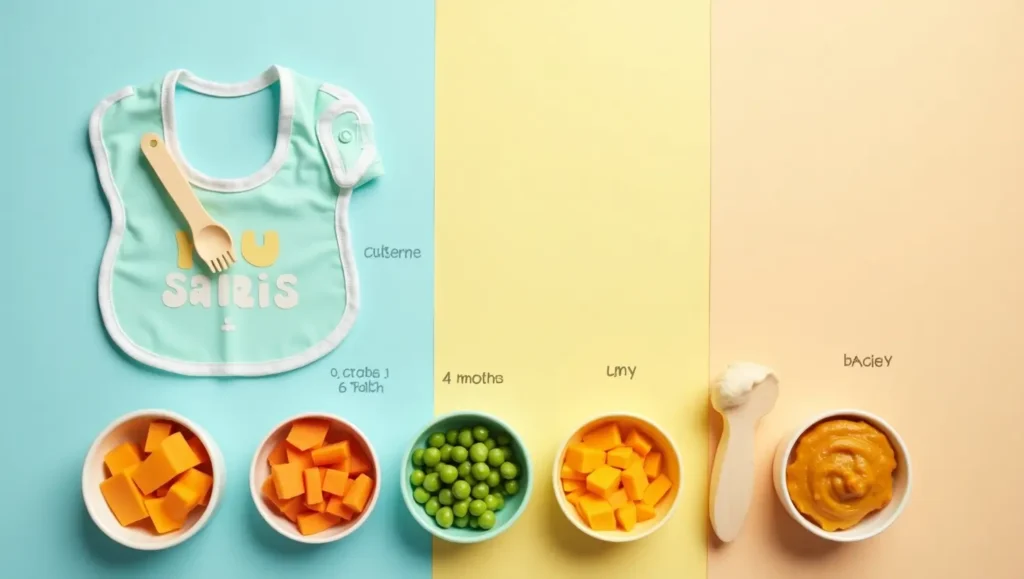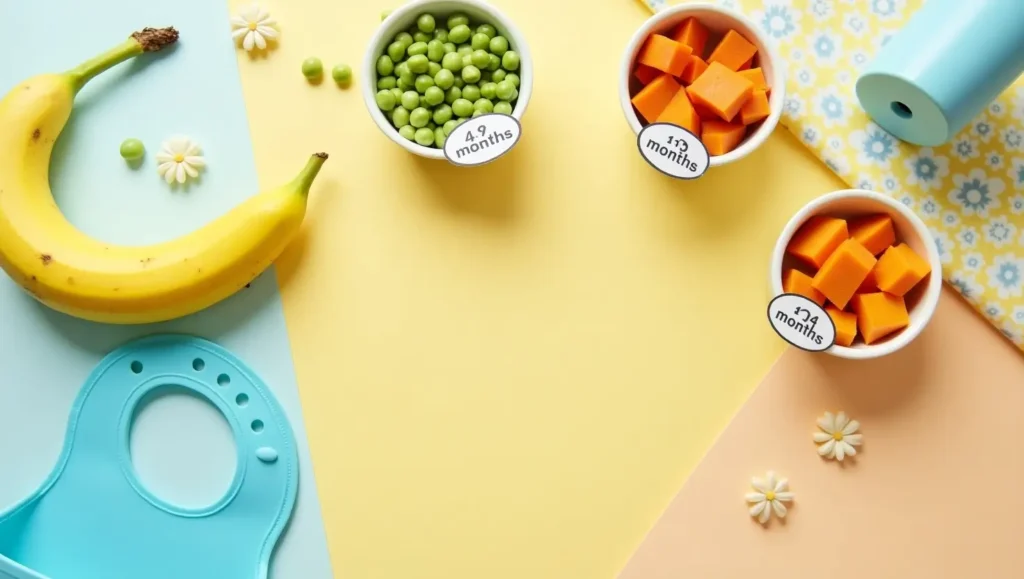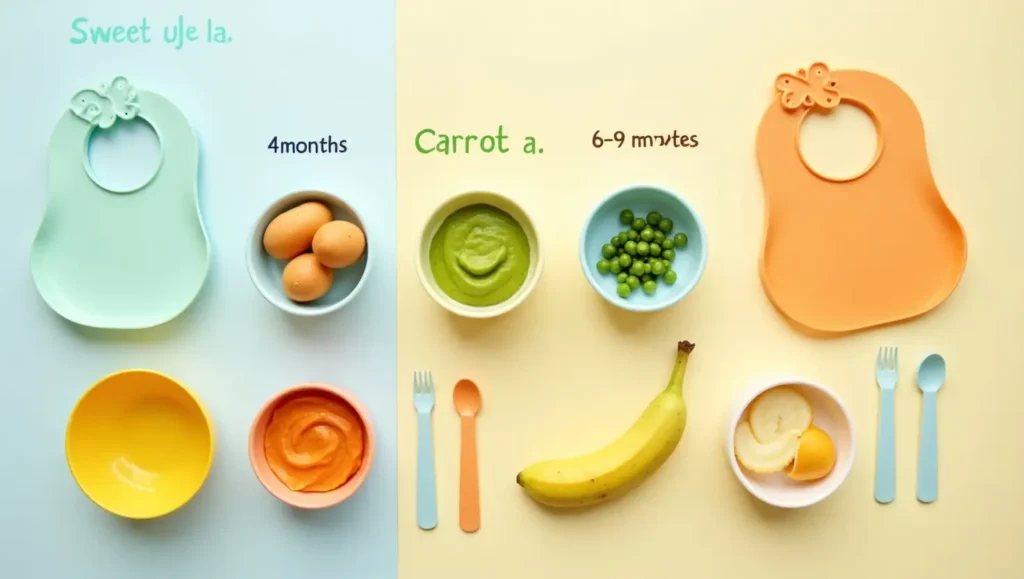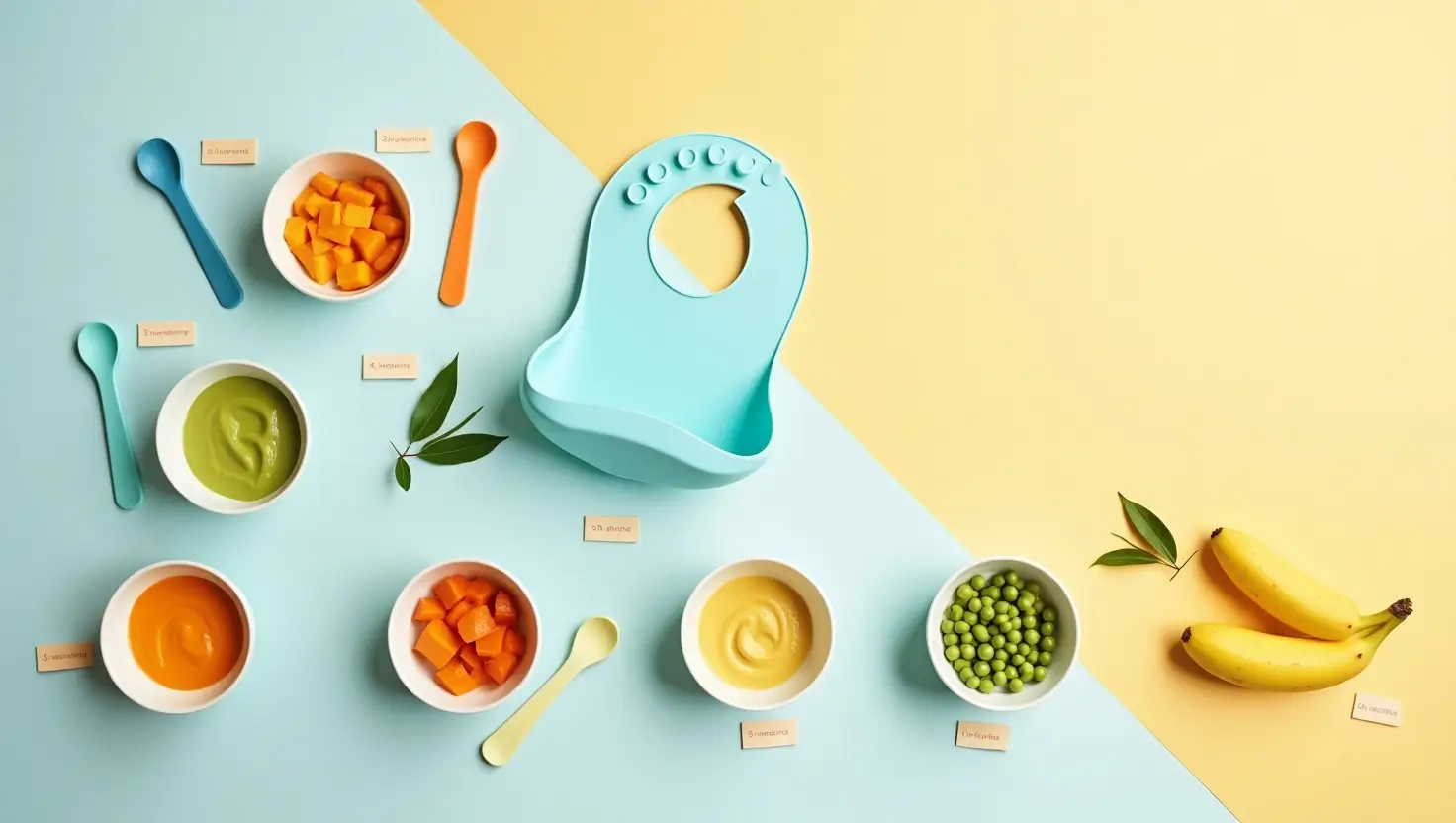Baby Puree Recipes
Table of Contents
Introduction
When it comes to baby puree recipes, parents seek nutritious, easy-to-digest meals that support healthy growth and development. Introducing homemade purees can be both cost-effective and customizable to your baby’s preferences. In this comprehensive guide, you’ll find gentle guidelines, creative ideas, and practical tables to help you prepare delicious meals for little ones.
Why Homemade Purees Matter
- Nutrient Control: Homemade purees allow you to select fresh, organic ingredients, ensuring your baby receives the highest quality vitamins and minerals.
- Flavor Exploration: Early exposure to a variety of tastes helps develop your baby’s palate and reduces picky eating later.
- Allergy Management: When you prepare purees at home, you control potential allergens and introduce new foods one at a time.
Safety Guidelines
- Start Simple: For a 4-month-old, begin with single-ingredient purees such as apples or pears.
- Check Consistency: Purees should be smooth and thin at 4 months; gradually thicken for a 6-9-month-old.
- Introduce Slowly: Offer one new food every 3-5 days to monitor for allergic reactions.

Nutritional Profile of Common Puree Ingredients
| Ingredient | Key Nutrients | Benefits |
|---|---|---|
| Sweet Potato | Beta-carotene, Fiber | Supports vision, aids digestion |
| Avocado | Healthy fats, Vitamin E | Brain development, healthy skin |
| Peas | Protein, Vitamin C | Immune support, muscle growth |
| Carrot | Vitamin A, Potassium | Eye health, electrolyte balance |
| Pear | Fiber, Vitamin C | Gentle on tummy, immune boost |
baby puree recipes 4 months
At around four months, your baby’s digestive system is just beginning to handle solids. These baby puree recipes 4 months are designed to be smooth and easy to swallow.
1. Simple Pear Puree
- Ingredients: 1 ripe pear, peeled and sliced.
- Instructions: Steam pear slices 7-8 minutes until soft. Blend with a splash of breastmilk or formula until liquid.
2. Gentle Apple Puree
- Ingredients: 1 apple (Granny Smith or Fuji), peeled and cored.
- Instructions: Bake apple halves at 350°F for 15 minutes. Scoop and blend with water.
3. Mild Banana Mash
- Ingredients: 1 ripe banana.
- Instructions: Simply mash the banana with a fork until creamy. (No cooking required.)
mid-article links
For creative party ideas to complement your baby’s food adventures, explore our themed dessert options like Baby Shark Cake and adorable kitchen tools such as a Baby Cookie Cutter.

Delayed Texture Introduction
Between 6-9 months, babies develop stronger chewing reflexes. Gradually introduce thicker purees and soft lumps.
Baby puree recipes 6-9 months
Here are a few of our favorite baby puree recipes 6-9 months that incorporate additional textures and flavors:
1. Avocado and Banana Mash
- Ingredients: 1/2 ripe avocado, 1/2 banana.
- Instructions: Mash together, leaving small soft lumps for texture exploration.
2. Sweet Potato and Carrot Blend
- Ingredients: 1 small sweet potato, 1 carrot.
- Instructions: Steam until tender, blend leaving a slightly thicker consistency.
3. Pea and Mint Puree
- Ingredients: 1/2 cup peas, few fresh mint leaves.
- Instructions: Steam peas 5 minutes, blend with mint to a smooth but slightly coarse texture.

Sample Feeding Schedule
| Age | Meals per Day | Portion Size | Notes |
|---|---|---|---|
| 4 months | 1 | 1-2 tbsp | Single-ingredient purees only |
| 6 months | 2 | 2-4 tbsp each | Thicker textures, introduce mash |
| 9 months | 3 | 1/4 cup each | Soft lumps, combination purees |
Tips for Performance-Driven Meal Prep
- Batch Cook & Freeze: Prepare large batches of baby puree recipes and store in ice cube trays for easy portioning.
- Label & Rotate: Date each batch to ensure freshness. Rotate between different flavors to maintain interest.
- Use Silicone Molds: Invest in reusable molds for fun shapes that encourage self-feeding.
Conclusion
By following these baby puree recipes, you’ll create nutritious, flavorful meals tailored to each developmental stage. From the first smooth spoons at 4 months to the textured adventures at 6-9 months, these recipes will support your little one’s growth and curiosity. Remember to monitor for allergies, introduce new foods gradually, and most importantly, enjoy this special time of discovery with your baby.

